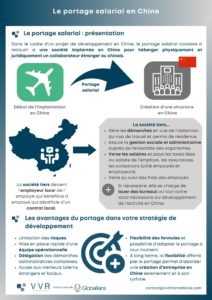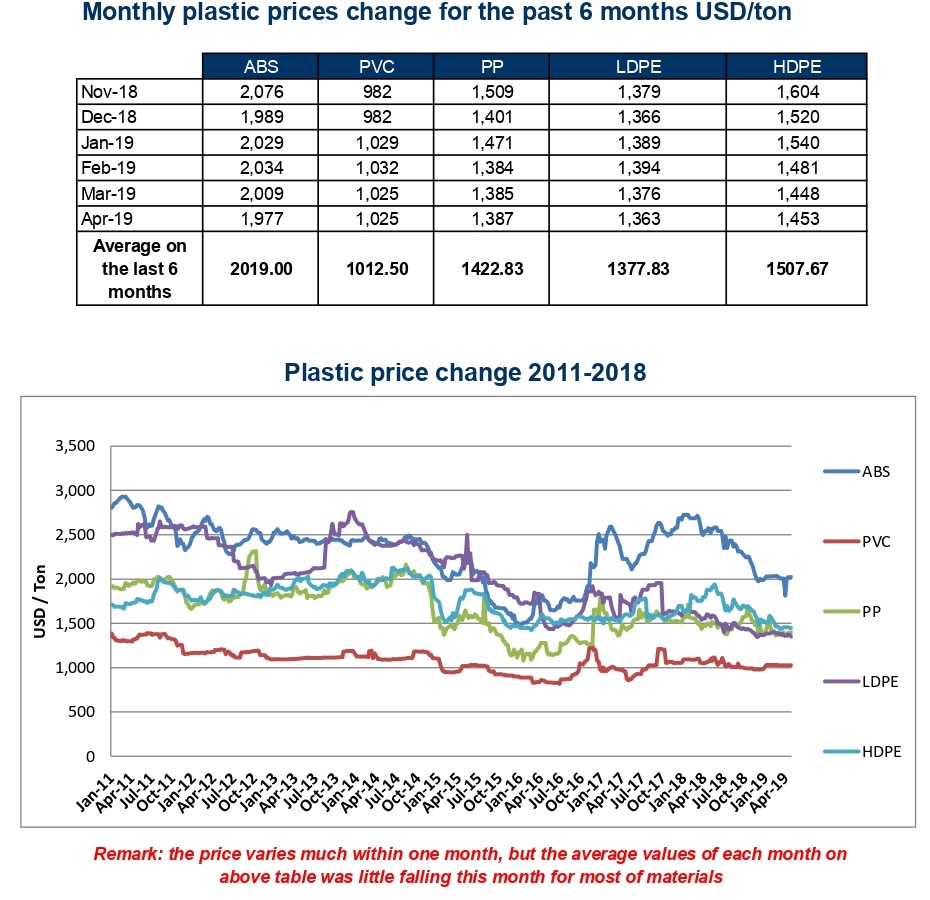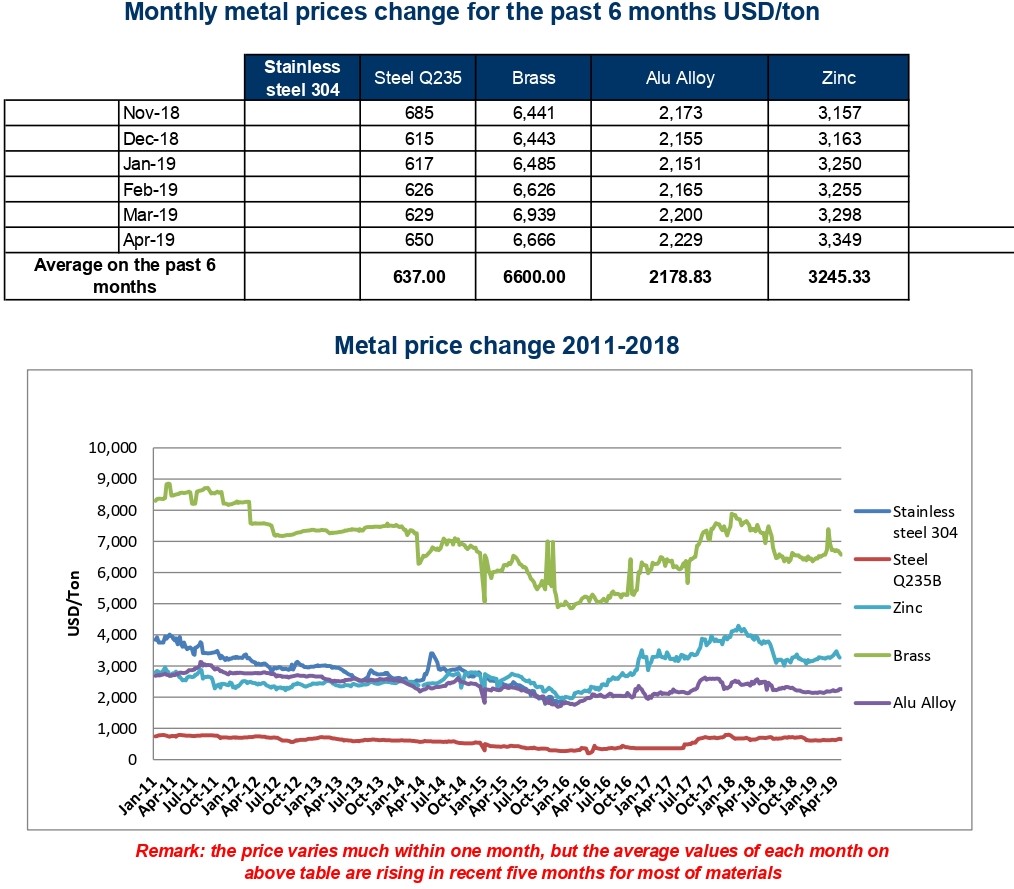Journey to the Heart of China’s Major Business Cities
Journey to the Heart of China’s Major Business Cities
With its sustained growth and immense market potential, China has become a popular destination for many foreign companies. However, the country is vast, and each city is a universe in itself, with its own peculiarities and opportunities. The art of succeeding in China lies not only in understanding its culture and economy, but also in choosing the right location in line with your strategy and objectives.
The economic pillars: Shanghai and Beijing
Shanghai: The Gateway
Formerly known as the “Paris of the East”, Shanghai is now at the heart of China’s economy. In addition to being a major financial center, this dynamic metropolis is a cultural melting pot that attracts talent from around the world. Its importance as a commercial hub offers a wealth of opportunities for foreign companies, whether in finance, trade or technology. A large proportion of the population has considerable purchasing power and a lifestyle compatible with the consumption of Western products. Shanghai is therefore a prime market for foreign companies, whose strategic interest is reinforced by the rich industrial fabric nearby.
Beijing: the heart of the nation
Beijing’s splendor is not limited to its historical and architectural heritage. As the capital of China, it is the nerve center where the most important political decisions are made. This proximity to power is an asset for companies looking to build strong relationships with regulators or understand the nuances of government policy. It is also a popular tourist destination for foreigners, but especially for Chinese who take advantage of their vacations to spend a few days in the capital. Beijing is also home to a growing technology ecosystem, with Zhongguancun often referred to as the “Silicon Valley of China”. Between innovative start-ups and established companies, the opportunities for foreign companies here are vast.
Innovation hubs: Shenzhen and Hangzhou
Shenzhen: the epicenter of innovation
Once a small fishing village, Shenzhen has become a global innovation hub over the past four decades. Today, it is home to technology giants such as Huawei and Tencent. The city’s electric atmosphere, combined with business-friendly policies and a commitment to innovation, make it a prime destination for start-ups and foreign technology companies.
Hangzhou: the cradle of entrepreneurship
Just an hour by train from Shanghai, Hangzhou, famous for its picturesque scenery, is the birthplace of e-commerce giant Alibaba. In recent years, the city has seen the emergence of a dynamic entrepreneurial environment supported by government initiatives. Hangzhou’s high-tech zones, such as the Qiantang River Valley Science and Technology Park, provide incentives for start-ups, and the presence of e-commerce leaders offers great opportunities for foreign companies to collaborate and integrate.
Diversity and potential: Guangzhou, Chengdu and Tianjin
Guangzhou: trading with the world
Guangzhou, one of China’s oldest trading cities, is still a major commercial hub, especially for import-export. The Canton Fair, China’s largest trade fair, attracts companies from all over the world every year. With privileged access to the Pearl River Delta, one of the world’s major manufacturing centers, Guangzhou is strategic for production and distribution-oriented companies.
Chengdu: Charm of the West
A world away from the hustle and bustle of the coastal cities lies Chengdu, the peaceful capital of Sichuan. Known for its pandas and spicy cuisine, the city is also a burgeoning technology hub. Thanks to government incentives, Chengdu is attracting both domestic and foreign companies. Its strategic location as a gateway to western China makes it ideal for companies looking to position themselves in this fast-growing market.
Tianjin: Industrialization and Modernity
Close to Beijing, Tianjin is a major industrial center with a modern infrastructure. It is home to several economic and technological development zones that facilitate the establishment of foreign companies. Tianjin is also a port city, which facilitates trade and export logistics.
Conclusion: Which destination to choose?
Although interconnected and open to the country as a whole, each city has its own advantages and challenges for companies looking to set up in China. The choice of location should be made after a careful assessment of your company’s needs and the opportunities each city has to offer. Whether you’re attracted by the dynamism of Shanghai, the innovation of Shenzhen, or the potential for expansion in Chengdu, it’s important to align your choice with your company’s long-term vision.
But it’s also important to remember that, far beyond its megacities, China has a wealth of densely populated, fast-growing secondary cities that could become the hubs of tomorrow. Analyzing and developing a strategy with the help of an expert with detailed knowledge of China’s economic geography, such as VVR International, can be the key to ensuring a successful first step in the country.














 he seventh China Information Technology Expo took place between the 9 and the 11th of April 2019 in Shenzhen. In this event which gathered the World leaders of technologies, the visitors could discover and try the news and innovation like the Youxiaomei robot of the that served cups of tea. Although the exhibitors were from different nationalities, this event was a veritable vitrine for the Chinese progress in this sector.
he seventh China Information Technology Expo took place between the 9 and the 11th of April 2019 in Shenzhen. In this event which gathered the World leaders of technologies, the visitors could discover and try the news and innovation like the Youxiaomei robot of the that served cups of tea. Although the exhibitors were from different nationalities, this event was a veritable vitrine for the Chinese progress in this sector.


 Overview of the year 2018 and perspectives for the year 2019
Overview of the year 2018 and perspectives for the year 2019
